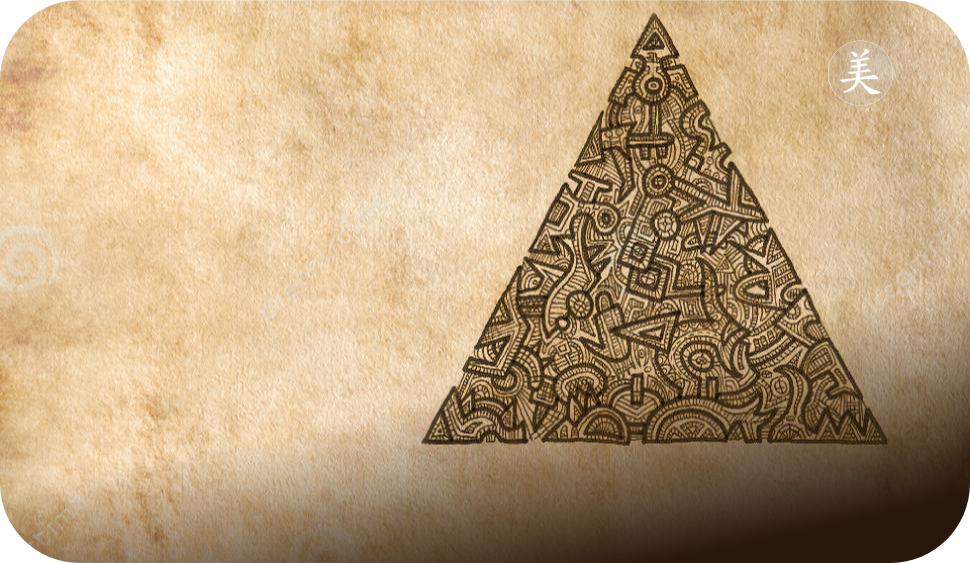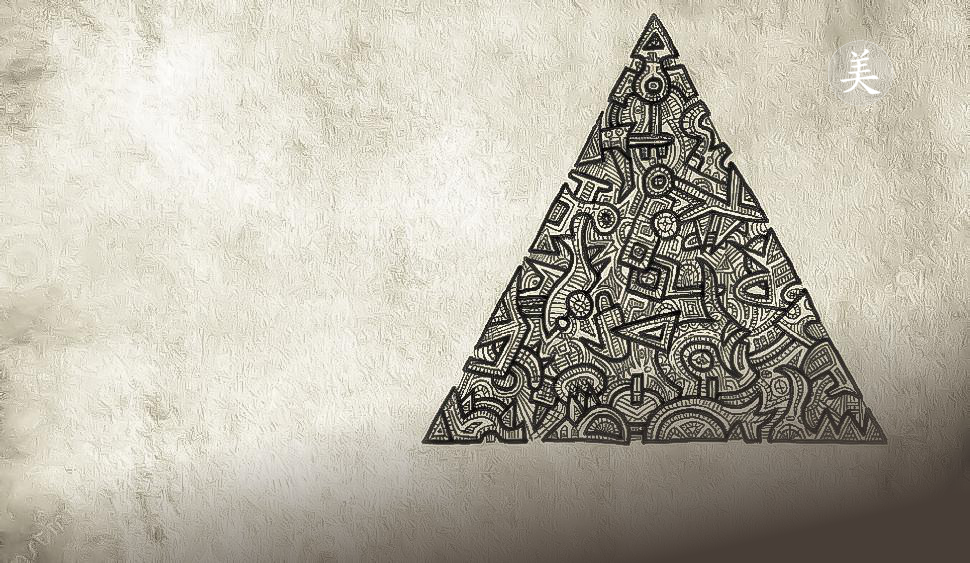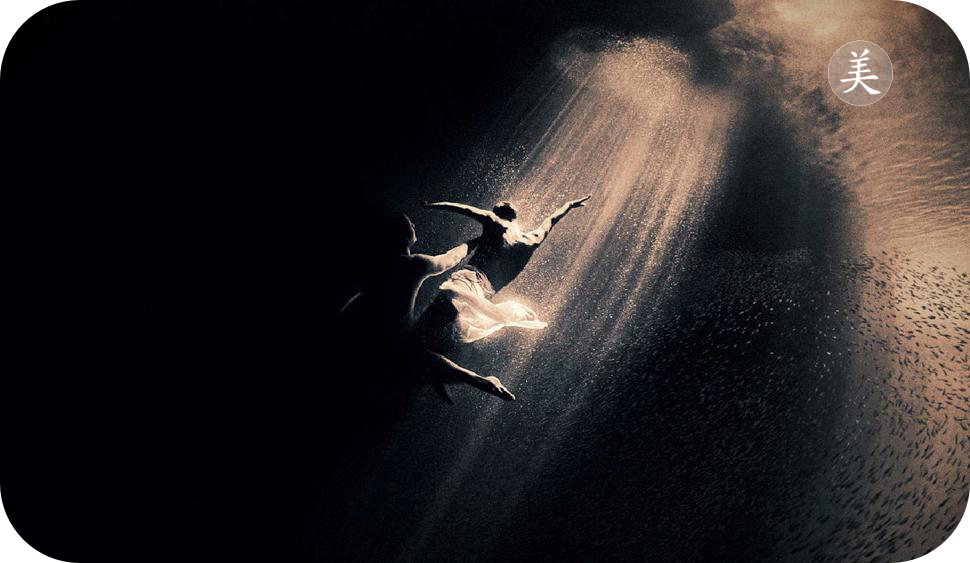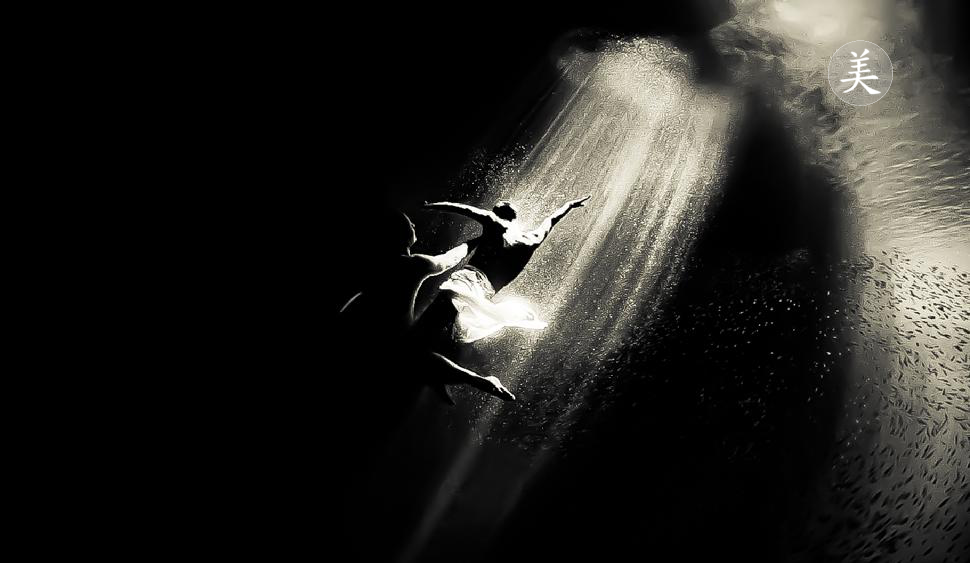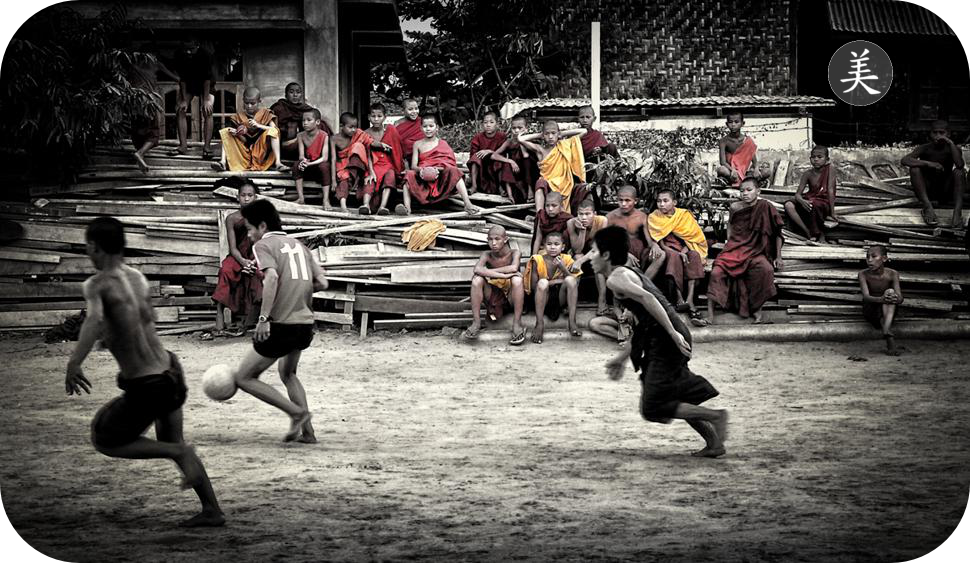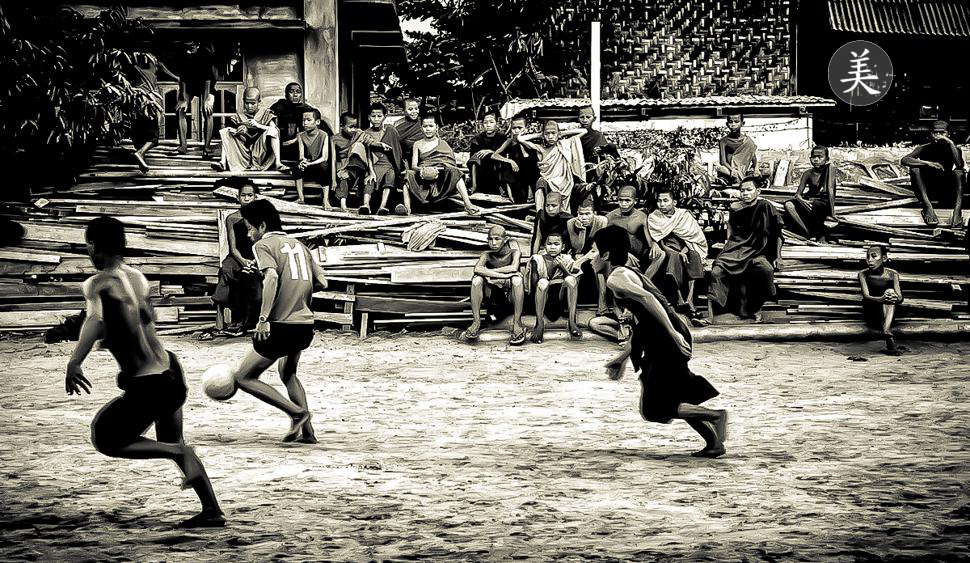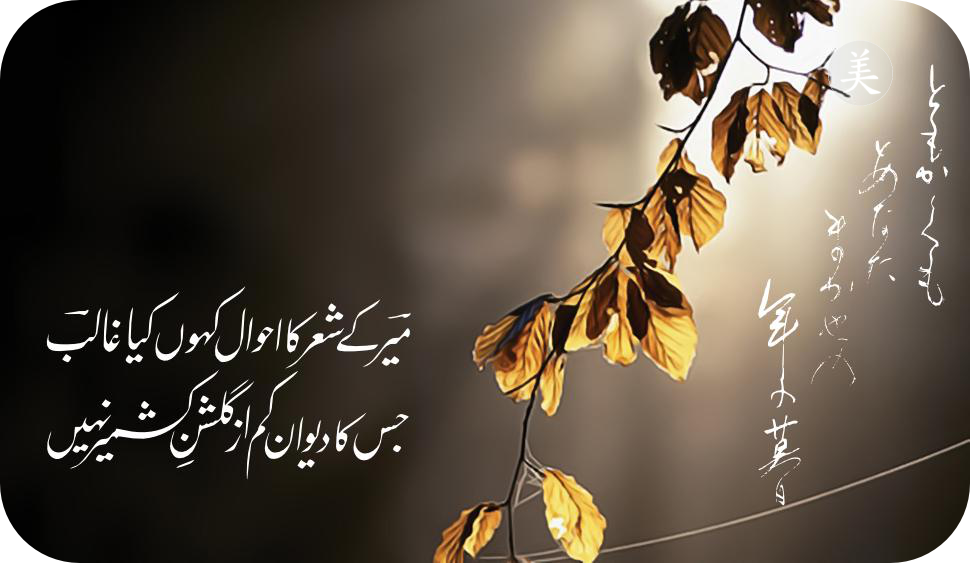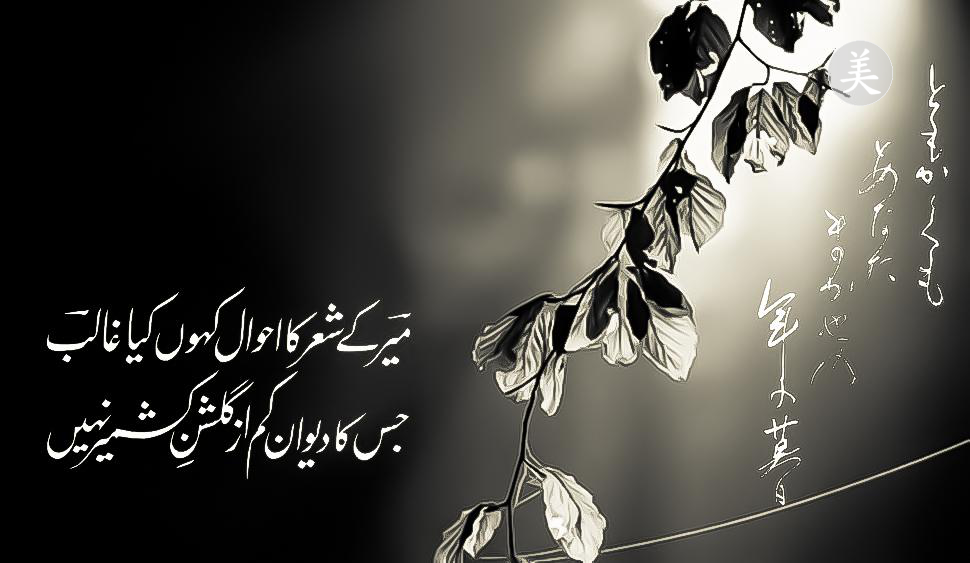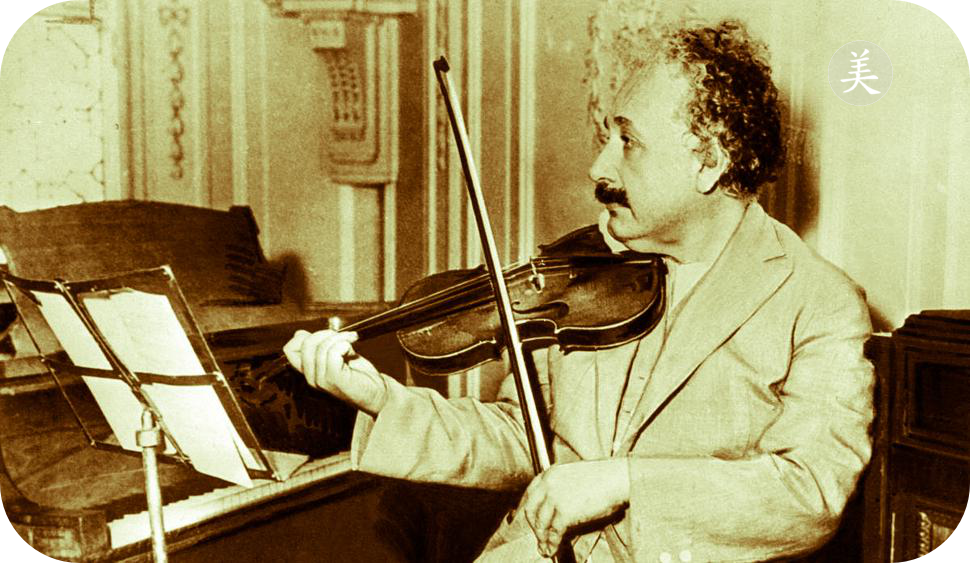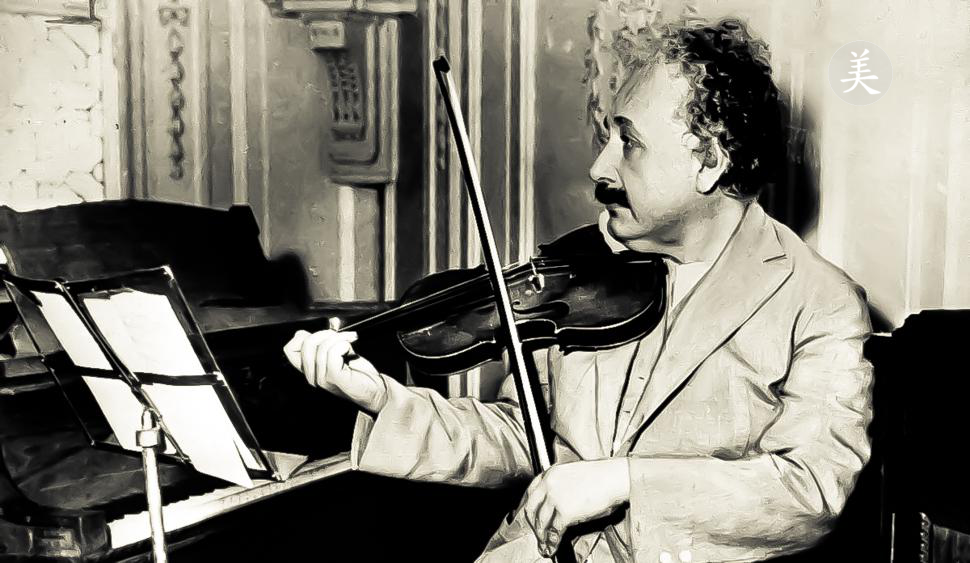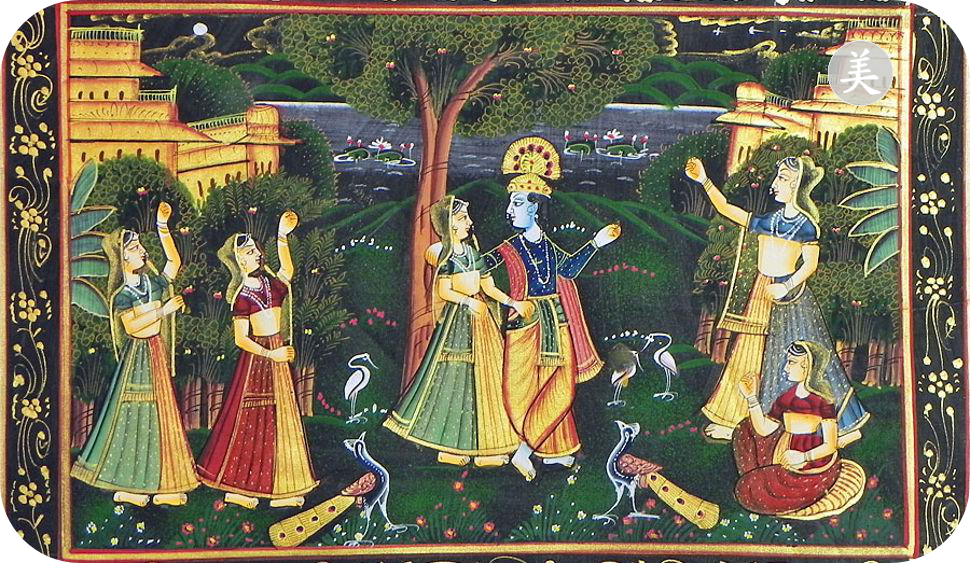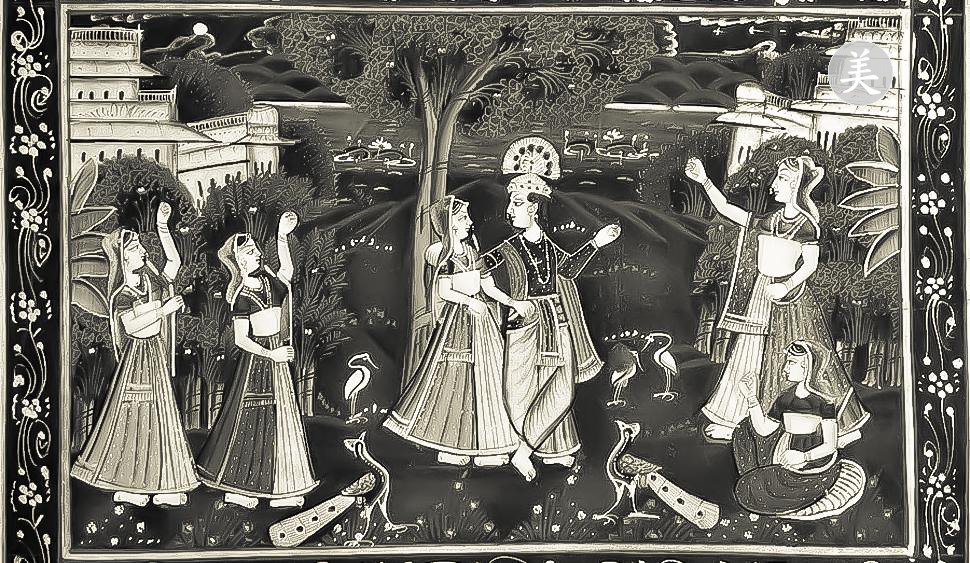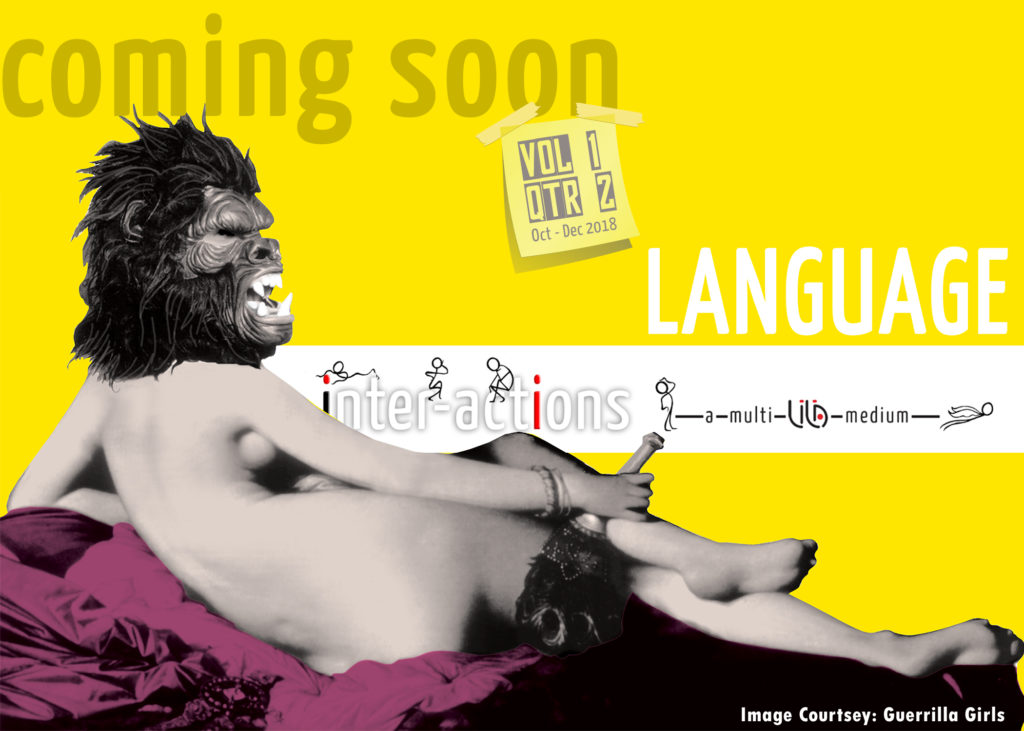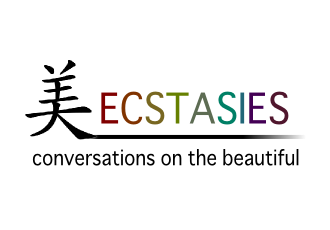
According to some, we have exhausted beauty as a topic of discussion and debate. Philosophy and the Arts would have explored the field in and out. But there are also signs of a new excitement around experiences and conceptions of Beauty. The idea shines throughout our existence, in culture but also in our personal lives. Beauty is there, shy or vibrant, when we talk of memory, cultures, language, health or science. LILA Inter-actions hosts a series of debates featuring major voices from the art world and elsewhere, to help us rethink Beauty.
|
|
|
Our Warring Moves: Space, Conflict, Beauty
|
|
Trans-Creating the Body: Allying the Human
and the Cosmic
|
| Loulou d’Aki & Rich Rice |
22 August 2014 |
|
Pushpamala N and Naman Ahuja |
15 August 2014 |
“I know not with what weapons World War III will be fought, but World War IV will be fought with sticks and stones.” Albert Einstein’s intuition seemed confirmed too fast, except perhaps for the fact that a third World War was not needed to bring back our nations to the raw forms of physical violence. Congo, Sudan, Ukraine, Colombia, Gaza, Iraq, Syria and Thailand are many proofs of the fall of the Western dream of technological positivism, and of the vectorisation of fundamental interdependent global tensions as far as possible from the sanctuaries of welfare states. Spatial considerations, indeed! In fact, the profusion of ongoing conflicts must, first, call for a radical rethinking of the metaphysics of space. It is because war is an intensification of spaces, today’s reality of war must be used to prepare a simultaneous reality of beauty. Such an attempt would show that beauty is what makes the three-dimensionality of space possible: observation, action, and design. Beauty is the fundamental event that assembles the three elementary agents along an equilateral space. On the occasion of its thirtieth publication, LILA Inter-actions acknowledges its transformed nature and redefines itself as an online medium of translocal dialogues. Along with those millions of actors, this week, LILA Inter-actions brings you, indeed, a witness and a proxy player. Photojournalist Loulou d’Aki ponders on the sustenance and the ethics of the beautiful, as the observing lens virtualises and distances the space of the events away from the photographer. New Media expert Rich Rice looks at strategies of ‘the constellation of squares’, at the aesthetics of the motions in chess, to reveal how war and beauty are the two natural guests of space.  |
|
At the horizon, the sun is still master of the skies, but, by the thousands, the green, white and orange lozenges come and break its rays. The man-made comes to affront nature; the human defies the cosmos. Somewhere, some time, much before this Friday evening, something happened and one species among so many would become self-conscious about a hither-to unstated feature of the experience of being in an environment: beauty. And somewhere, some other time, the human body was discovered as another possible locus for harmony and order. Beauty and the body: humanity’s foundational dilemma and gift, limitation and spiritual springboard. On this day of the 67th anniversary of Indian Independence, LILA Inter-actions asked two major faces of the arts in India today, to present the deep connections of body and the beautiful, in Indian aesthetics and in their personal practice. Photo and video performer Pushpamala N walks the memory lane to recount how she came to consider the very artist’s body as medium for the aesthetic, where beauty hides in performance, between humour, surprise and improvisation. Art critic and curator Naman Ahuja reflects on the complex relation of Indian art with images of divine and human bodies, from indispensable ritualistic media to insufficient material representations. At the crossroads: the mirror, edge of the beautiful, and intermediary for the experiencer, henceforth able to unite image and reality.  |
|
|
|
Football: Beauty on the Defensive?
|
|
Haiku & Ghazal: The Metaphysics of Beauty
|
NS Madhavan
& Hyginus Uchenna Okoronkwo |
9 June 2014 |
|
Kala Ramesh & Len Anderson |
2 June 2014 |
Some say it is Pelé, some others attribute it to Didi, even as the official credits go to commentator Stuart Hall. All are talking about ‘The Beautiful Game’. In any case, there is no doubt: football deserves that title. And, what is a better time to bend the ball around our ongoing reflection on beauty than now, as the World Cup is just round the corner? It is adrenaline season, not just in the host country, but everywhere in the world, where this ball is alive and kicking. But do the spirit on the field, carnival colours and billions of fans suffice to efface the game’s decadent environment today? The market, social inequities, and the sheer counter-effects of its worldwide success have tarnished many a vital dimension of this sport-culture. Is football still the Beautiful Game? In the next four weeks, Brazil may provide an updated response to football’s legendary equation with beauty. In this week’s Inter-actions, writer NS Madhavan returns to the early association of football with beauty, before problematising its heritage vis-à-vis the contemporary landscape of the game. Hyginus Uchenna Okoronkwo, Nigerian attorney and football enthusiast, offers a contrasting view, highlighting the organic harmony of the movements of the game, and its unequalled power to connect nations.  |
|
Our age has become a literal Nanjing Road: wordy devices of love, billboards and news hours clamour for our sensory apprehension and instant approval. Not so long ago, we knew the word as medium, signifier, a means to a meaningful end. Today, our words seem to allow themselves to be readily flung into violent stage shows of information, analyses, comments and opinions. Amidst these carnivals of tautology, could we reclaim the word as an inspiring playground of the beautiful? If we reassess traditions of beauty in language, we may receive the topically relevant realisations of Japanese aesthetics, for instance, organised around the principle of MA, the silence that separates words and thus gives them enough space for their meanings to emerge. Or Ghazal poetry, perhaps, which sets at its heart the creative tension between contrary terms, an aspect that our noise-afflicted media world could lease for life. In this week’s Inter-actions, Haiku poet Kala Ramesh celebrates the quest for the succinct in her favoured tradition. Poet-Physicist Len Anderson discovers Ghazal and physics as the two sides of his search of the unknown.  |
|
|
|
Counting on Beauty: The Quantum of Our Values
|
|
Vital Beauty: Of Stones, Flesh and Raptures
|
Anoor Ananthakrishna Sharma
& Ambroise C. Bukasa |
19 May 2014 |
|
Benoy K Behl & Rosalyn D’Mello |
5 May 2014 |
No, this exchange on beauty is not a symptom of our Nero syndrome. The recent political churning in India has exposed the network of instant gratification in which we are trapped. It has rendered the beauteous possibility of the ideal of freedom irrelevant, but has also brought home to us the urgent need to reclaim the pure sciences and the arts as political spaces, and their profound pursuits as acts of lasting ethical value and creative inspiration. Through this Inter-action, we wish to remind ourselves that the shape of any governance can truly serve us only if we use pure numbers and principles of harmony in our political architecture. We warn ourselves against larger than real numbers that would distort our vision, and the jumbled beats that would hurt the music of our understanding. On the 40th birthday of the Rubik’s Cube, for the second issue of our series on beauty, we welcome Anoor Ananthakrishna Sharma, acclaimed Mrindangam artist, who unveils the mathematical DNA of the architecture of Carnatic music, and highlights its infinite possibilities. Congolese mathematician Ambroise C. Bukasa celebrates his discipline as the admiration of the flawless and the mysterious.  |
|
The beautiful was certainly our earliest wonderment. Aesthetics, the discourse and study on beauty, would become one of our eternal fields of inquiry. However, several major schools of thought, across the globe, soon took a reductive turn: from narratives of a fundamental harmony, they picked the human out and began to focus on its activities, its creations, its artifacts. Art would thus be the exclusive domain of the beautiful. But beauty, natural, cosmic, precedes and transcends the human craft. Flowing through the latter is an energy, an organic flow: vitality, life itself. For the first debate of our new series, Ecstasies: Conversations on the Beautiful, photographer Benoy K Behl discusses how the early Indic philosophy of aesthetics located beauty in the very continuum of the life force, connecting cosmos and tradition, deities and humans. Writer Rosalyn D’Mello‘s strikingly immediate style encounters the beautiful in the delirium within a palmyra fruit, in nature’s play of violence, and along a beam of light tracing the contours of desire…  |
|
Share this debate series…
|
… follow LILA…
|
|
|
|
|
|
|
… and join the discussion below!
Knowledge is power, and our intention is to bring the power to you. We have initiated a thought movement that aims to strengthen democracy by bringing to you direct voices of important trailblazers and pathmakers, and reclaim deep and patient reflection as an important seed for relevant and sustainable action!
Help us take this movement forward. Support Inter-Actions today for as little as Rs. 100. DonateDonation to LILA is eligible for tax exemption u/s 80 G (5) (VI) of the Income Tax Act 1961 vide order no. NQ CIT (E) 6139 DEL-LE25902-16032015 dated 16/03/2015

